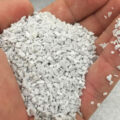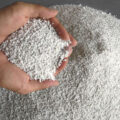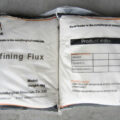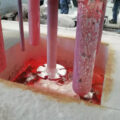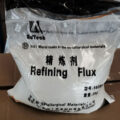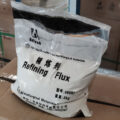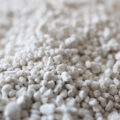Metal degassing flux not only has strong slag removal and slag removal capabilities, but also has excellent degassing capabilities, which can significantly increase the yield of aluminum alloy castings and improve the mechanical properties of the castings.
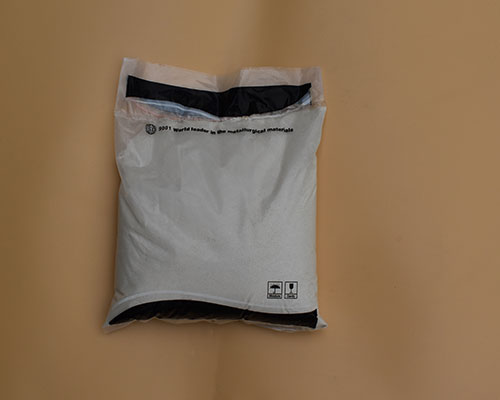
Advantages of Metal Degassing Flux
- No pollution, no irritating smell, no obvious smoke, no pollution to the environment
- It has a strong ability to separate slag and aluminum.
- Long-term storage does not absorb moisture or agglomerate.
- During the smelting process, it can play a very good role in insulating the molten aluminum, and the molten aluminum basically does not cool down after treatment.
- It can be used as a powder spraying flux for joint purification, and as a refining degassing agent for separate refining.
- Reduce the amount of flux added, shorten the operation time, and reduce the labor intensity of the workers.
- After the refining treatment of aluminum alloy degassing agent, the slag removal and degassing effect can be less than 0.10m/100A1, and the content of aluminum melt inclusions, especially A1203, is less than 0.02%.
How to Use Metal Degassing Flux
(1) When the aluminum alloy is melted to 720-740℃ in the melting furnace, add aluminum alloy degassing agent according to 0.2%-0.3% of the aluminum alloy mass.
(2) Put the aluminum alloy degassing agent into the aluminum alloy compound refiner. The refining gas uses nitrogen or argon as the carrier, and the degassing agent is evenly and continuously brought into the aluminum liquid, so that the degassing agent and the aluminum liquid are fully contacted. To maximize the degassing and degassing effect of the degassing agent.
(3) During the whole refining process, the adding speed and amount of degassing agent can be adjusted and controlled manually. The degassing agent is carried by the carrier gas, disperses and floats evenly in the molten aluminum, increases the contact area with the molten aluminum, and maximizes the role of hydrogen adsorption. During the treatment, the surface of the aluminum melt is stable.
(3) Use a slagging board to gather and break the deaerator floating on the surface of the molten aluminum, then press it into the aluminum melt, and shake the slagging board to make the deaerator float up in a dispersed state. After repeating this for 2-3 minutes, and then stand still for 5 minutes, slagging can be achieved, and an optimal aluminum alloy material can be obtained.



